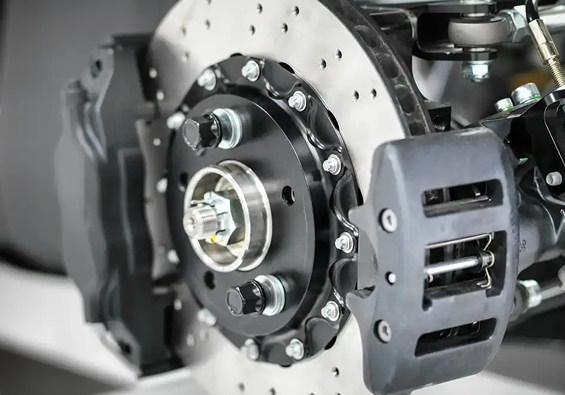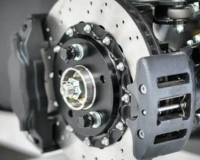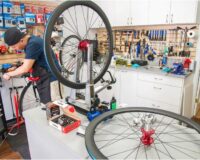Whether you’re cruising down the highway or navigating city traffic, two components play a critical role in your vehicle’s performance and safety: the brakes and the gears.
Whether you’re cruising down the highway or navigating city traffic, two components play a critical role in your vehicle’s performance and safety: the brakes and the gears. Proper tuning of these systems ensures not only smoother operation but also enhances control, efficiency, and safety.
In this blog, we’ll explore what brake and gear tuning is, why it matters, and when to get it done.
🛑 Brake Tuning: More Than Just Pads and Rotors
Your brake system is your car’s most crucial safety feature. It’s responsible for slowing down and stopping your vehicle — and when something feels off, it’s often a sign that tuning or service is needed.
What Does Brake Tuning Involve?
Brake tuning goes beyond replacing worn-out pads. It includes:
-
Brake pad and rotor inspection/replacement
-
Brake fluid check and flush
-
Caliper lubrication
-
Brake line inspection for leaks
-
ABS (Anti-lock Braking System) diagnostics
Signs Your Brakes Need Tuning:
-
Squeaking, grinding, or squealing noises
-
Vibration or pulsing when braking
-
A “soft” or spongy brake pedal
-
Increased stopping distance
-
Brake warning light on the dashboard
💡 Tip: Brake fluid should be changed every 2 years or 20,000–45,000 miles, depending on your vehicle.
⚙️ Gear Tuning: Smooth Shifting Starts Here
Gears (or the transmission system) manage how power is delivered from your engine to your wheels. Whether your vehicle is manual or automatic, proper gear tuning ensures smooth acceleration, deceleration, and overall performance.
What Is Gear Tuning?
Gear tuning involves optimizing the transmission system for better performance or efficiency. This can include:
-
Transmission fluid replacement
-
Clutch adjustment (for manual transmissions)
-
Reprogramming shift points (for automatic transmissions)
-
Synchronizer checks and gear wear inspection
-
Software updates for electronic gearboxes
Symptoms of Poor Gear Performance:
-
Slipping gears or delayed shifting
-
Jerky acceleration
-
Burning smell from the transmission
-
Unusual whining or humming noises
-
Dashboard transmission warning lights
For manual vehicles, difficulty shifting or grinding noises when changing gears could mean it’s time for tuning or repair.
🔧 Why Tuning Matters
Ignoring brake or gear issues can lead to:
-
Reduced fuel efficiency
-
Increased wear on other components
-
Dangerous driving conditions
-
Expensive repairs down the line
Regular brake and gear tuning ensures your vehicle responds as it should — keeping you safe and extending the life of your car.
🗓️ When to Schedule Tuning
You should consider brake and gear system checks:
-
Every 12,000 to 15,000 miles, or at least once a year
-
Before long road trips
-
If you frequently drive in stop-and-go traffic, mountains, or towing heavy loads
-
Whenever you notice unusual noises, smells, or shifting issues
🚗 Final Thoughts
Brake and gear tuning may not always be at the top of your car care list, but they’re essential for safety, performance, and peace of mind. If your car’s been acting differently lately — or it’s just been a while since your last tune-up — don’t wait. A professional inspection could catch small issues before they turn into costly repairs.
Need help with brake or gear tuning? Book an appointment with our expert technicians and drive with confidence.




